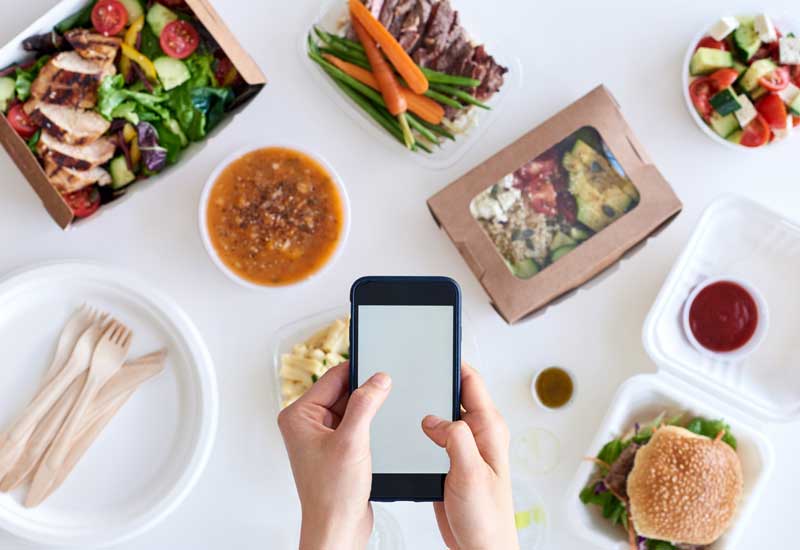 Food delivery is a growing trend in the region, with various online platforms catering to consumer demand for take-out.
Food delivery is a growing trend in the region, with various online platforms catering to consumer demand for take-out.
Online payment, in-house technology that facilitates third party apps, and aligning with platforms for home delivery are vital for restaurants in today’s climate, according to a panel of F&B experts working in the region.
Panelists at a roundtable discussion hosted by Caterer Middle East last month warned that if outlets fail to keep up to date with new developments that will enable their businesses to fully embrace mobile ordering and home delivery, they run the risk of falling behind — especially as market conditions are growing increasingly competitive.
“In the restaurant business you have to invest in technology and keep pace, be it around back-of-house systems or front-of-house systems. The challenge for this business is do we have the technology and how we integrate it with all the third-line platforms that are growing?
“OpenTable is about to launch in the Middle East, so restaurants need to look at how they are interfacing with that and other booking stations — whether their technology is up-to-date enough for this and if they really understand how these platforms can drive the business,” commented Emma Banks, general manager, Jumeirah Restaurant Group.
She added: “We know home delivery is a trend because we see the number of bikes. Unless you have the home delivery and online platform, that’s a big slice of business you’re missing, so it’s not just a footfall challenge for restaurants, especially in the QSR and mid-casual segment.
“I know some brands where Deliveroo is representing nearly 25% of their revenue. Unless you are aligning with that sort of service, you’re going to struggle. The consumer is busy.”
Fay Economides, executive managing director, M Management Company, agreed that convenience and busy lives are a factor. She made the point that “customers want to be comfortable with all aspects of their dining experience, and that’s why they turn to services like Deliveroo”.
Banks added that the growth of home delivery could even lead to outlets downsizing. “Restaurants are now realising they might not need to be paying rent for all those covers and floor space — to try and sweat that asset — and instead thinking about investing a little bit more in their kitchen because there’s a section doing take-away.”
In terms of technology, Sanjay Murthy, shareholder, Figjam Hospitality, said: “Rather than a single app for a single brand, increasingly you’ll download an app that aggregates lots of things together — providing convenience and rewarding consumers for use.”
Banks agreed and added: “[With these apps] the consumer is benefitting and the vendor is supporting it, so now you have to think whether you should ease up on marketing or inviting bloggers in and, instead, plough that money into giving people a straight 20% off if you use a payment gateway or pay online. We need to get serious about online payments, especially when you consider that your phone can be your bank account and credit card — look at what Beam is doing.
“You need a strategy on apps, discount and loyalty because get it right, it’s massively powerful but get it wrong, you’re confusing your consumer.”

| Advertisement |








 Search our database of more than 2,700 industry companies
Search our database of more than 2,700 industry companies










Feb 8, 2017 , India
By Go Processing Complaints Departmental help customers can finds there all online payments solutions very easily in short time.